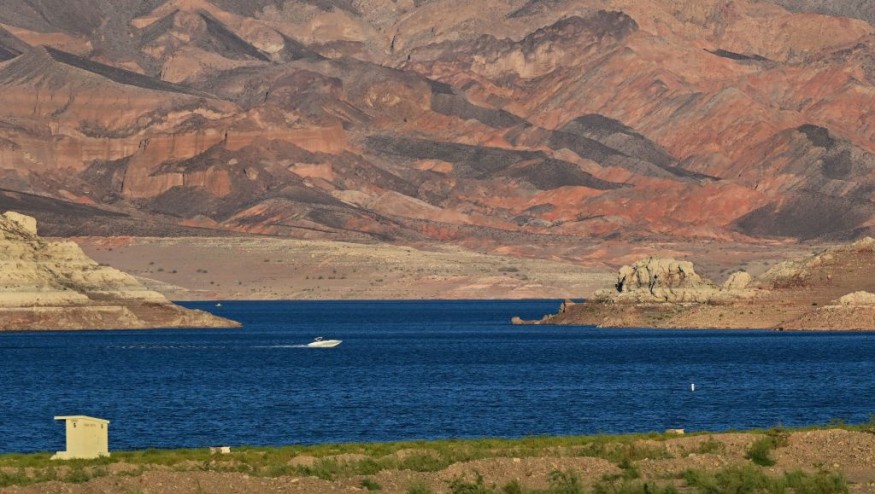Nevada: Rare Brain-Eating Amoeba Kills Boy, Lake Mead Seen as Potential Source

A boy from Nevada recently died from a brain-eating amoeba, the Southern Nevada Health District (SNHD) reported on Wednesday. He might have been exposed to the Lake Mead amoeba earlier this month in Lake Mead, according to Fox News.
Naegleria fowleri is a rare amoeba that lives in warm water like rivers, lakes, and hot springs. It gets into the body through the nose and moves to the brain, where it causes a disease called primary amebic meningoencephalitis.
In this case, the patient was a teenage boy under 18 who may have been exposed on the Arizona side of Lake Mead. A week later, he started having symptoms, which usually include headache, fever, and nausea, then seizures and a coma.
"My condolences go out to the family of this young man," Dr. Fermin Leguen, district health officer for SNHD, stated. "While I want to reassure the public that this type of infection is an extremely rare occurrence, I know this brings no comfort to his family and friends at this time."
What Is the Brain-eating Amoeba, Naegleria fowleri?
The Centers for Disease Control and Prevention (CDC) says that Naegleria fowleri is the only species of Naegleria that can make people sick and has a 97% fatality rate.
Most of the time, these brain-eating amoebas are found in warm or hot freshwater areas like lakes, rivers, ponds, and hot springs. The CDC said that it can also live in swimming pools and water heaters that don't have enough chlorine, USA Today noted.
Paul Rega, a retired assistant professor of public health, disease prevention, and emergency medicine at the University of Toledo, said that the amoeba can live in temperatures as high as 114.4 degrees Fahrenheit.
"Naegleria fowleri is ubiquitous; it is found in both the freshwaters and soils of six of the seven continents," he said.
Rega also said that people can get it from contaminated water while water skiing, artificial whitewater rafting, or using water slides in their own backyards.
The CDC states that the amoeba is not present in salt water.
According to Christopher A. Rice, an assistant research scientist and center manager for drug discovery at the University of Georgia's College of Pharmacy, salt dehydrates cells, so it is a kind of natural disinfection system.
How Does the Brain-eating Amoeba, Naegleria fowleri, Infect People?
The CDC says that people can get the amoeba when contaminated water gets into their noses. This usually happens when people swim, dive, or put their heads under water.
According to SNHD, a Naegleria fowleri infection can result in headaches, fever, nausea, vomiting, stiff neck, seizures, and a coma that can be fatal.
"Once symptoms start, the disease progresses rapidly and usually causes death within about five days," the district said.
Dr. Darien Sutton, who works in emergency medicine in Los Angeles and is a medical contributor to ABC News, says it is very hard to treat Naegleria fowleri once it has been found.
Once it gets into the brain, it causes a type of meningitis. By the time symptoms show up, it is often too late to save the person.
After the incident, people can still swim in Lake Mead for fun, since the brain-eating amoeba is a natural part of the environment and rarely infects humans.
However, visitors should always assume the risk at all times when they enter warm fresh water, according to Dr. Maria Said, a U.S. public health service officer with the National Park Service in Nevada.
This article is owned by Latin Post.
Written by: Bert Hoover
WATCH: Nevada Boy Dies From Rare Brain-Eating Amoeba - From NBC News
Subscribe to Latin Post!
Sign up for our free newsletter for the Latest coverage!
© 2026 Latin Post. All rights reserved. Do not reproduce without permission.














